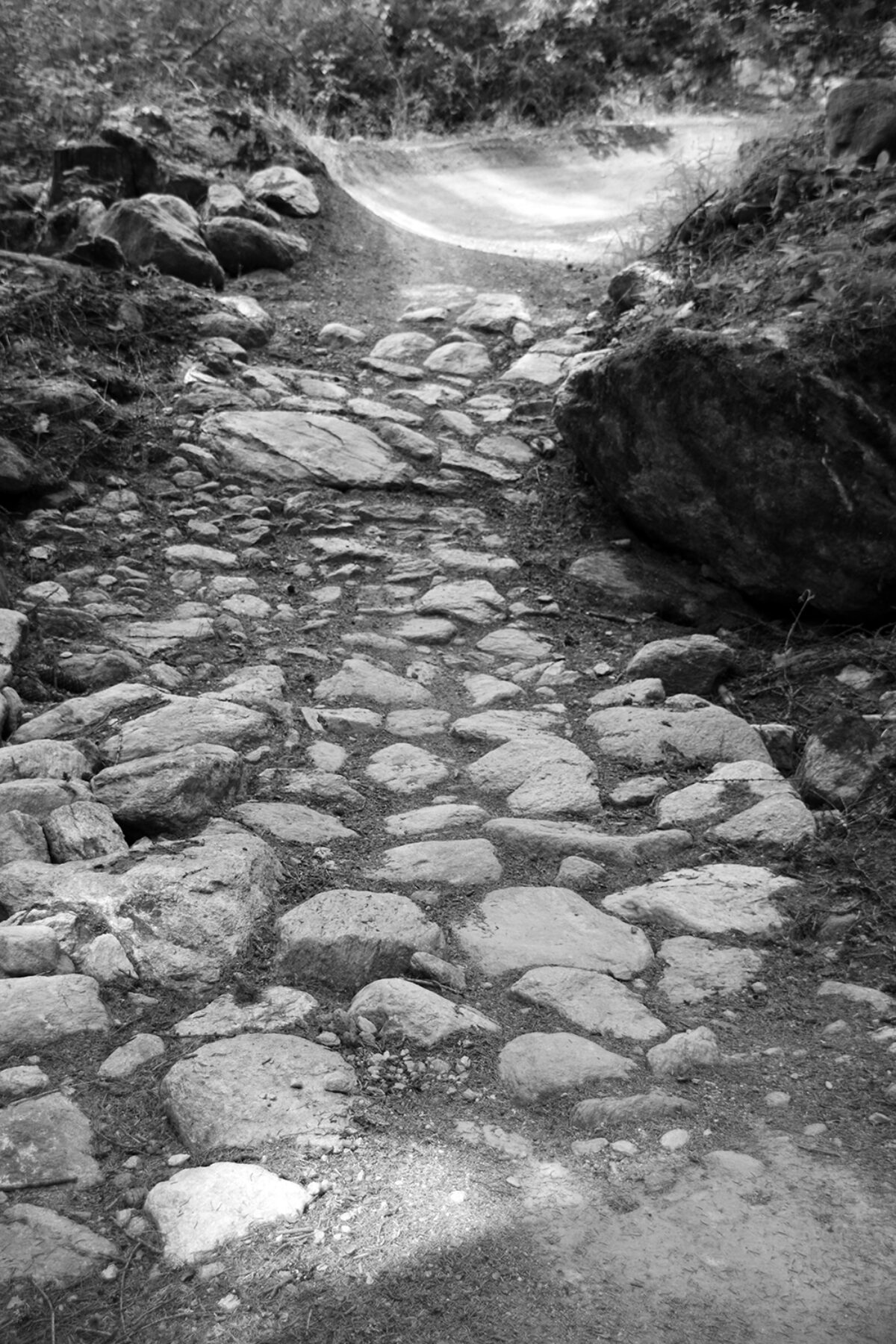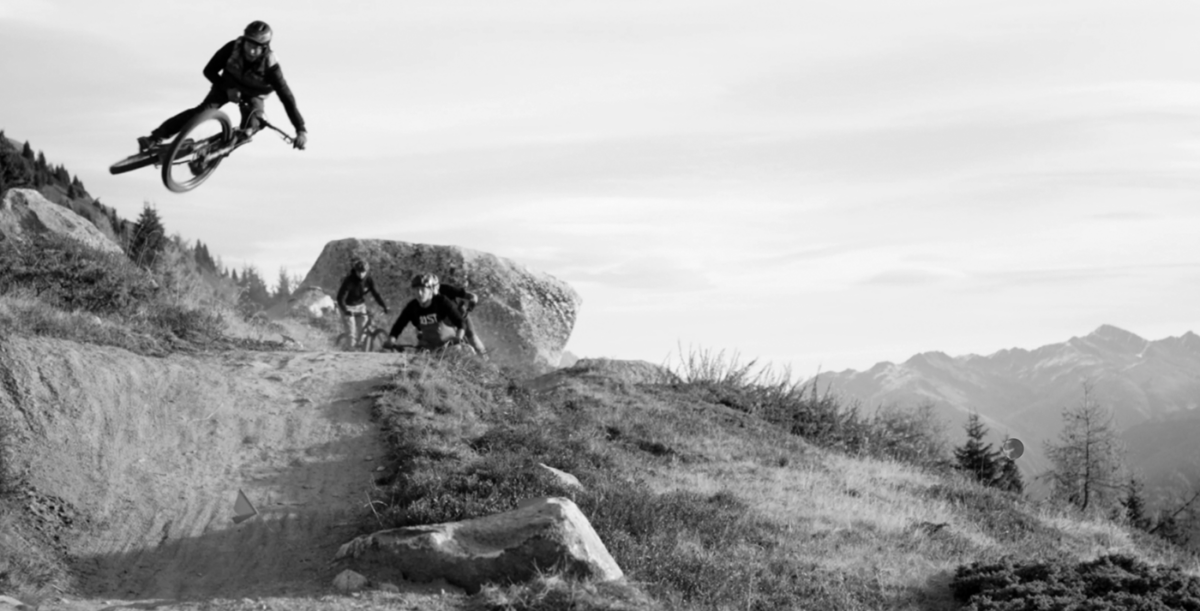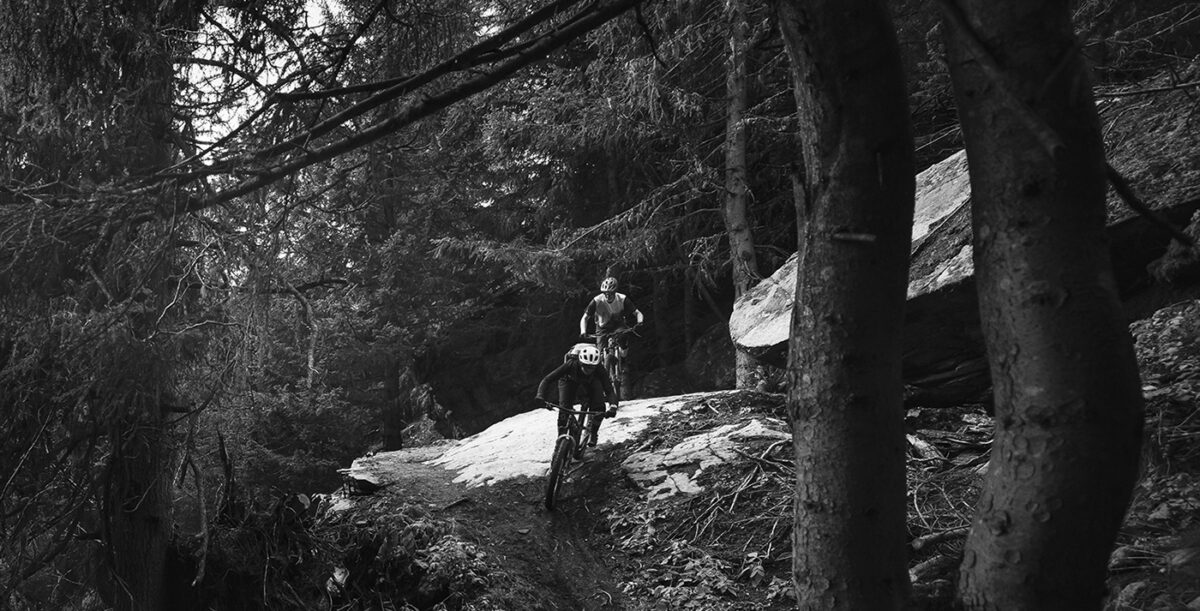Trails form the contact line between use and space. They are the essence of mountain biking and just as important as the mountain bike itself. Well-built and well-maintained they put a smile on our faces!
A trail is like a piece of music: it also has notes and rhythm which can be interpreted in very different ways in terms of tempo and dynamics. Our aim is to provide as much scope as possible with our trails, so that there is something new to learn and discover on every ride.
We differentiate between trail styles and different infrastructure types in our products.
Trail Styles
Trail styles are never clearly distinguishable from one another but rather flow into one another just as genres do in music: For example, a flow trail can also have characteristics of a play trail and be interpreted as such once a certain level of riding level is reached. Similarly, a single trail can have the characteristics of a downhill track, or vice versa. That’s the beauty of it: no trail is the same, each one is unique.
For us, the most important thing is that the trail is perceived stringently by the user in terms of function, character and level of difficulty. We therefore never stick rigidly to definitions, but see ourselves as creative experience engineers who master as many trail genres as possible, combine them skillfully and embed them carefully in the context.
Further trail styles will be added as we create along, stay tuned
Infrastructure types
Mountain biking takes place right off the doorstep in the local recreation areas to a large extent. For the weekend or a vacation, people like to travel further for variety and to broaden their horizons. Mountain bike trails can therefore never be considered as an isolated project in planning, but must be integrated into existing transport infrastructures and modal forms and be coordinated with them. We therefore regard mountain bike infrastructures as an integral and socially relevant component of recreational transportation.
We distinguish between five main types of infrastructure, in which different trail styles find their place.














